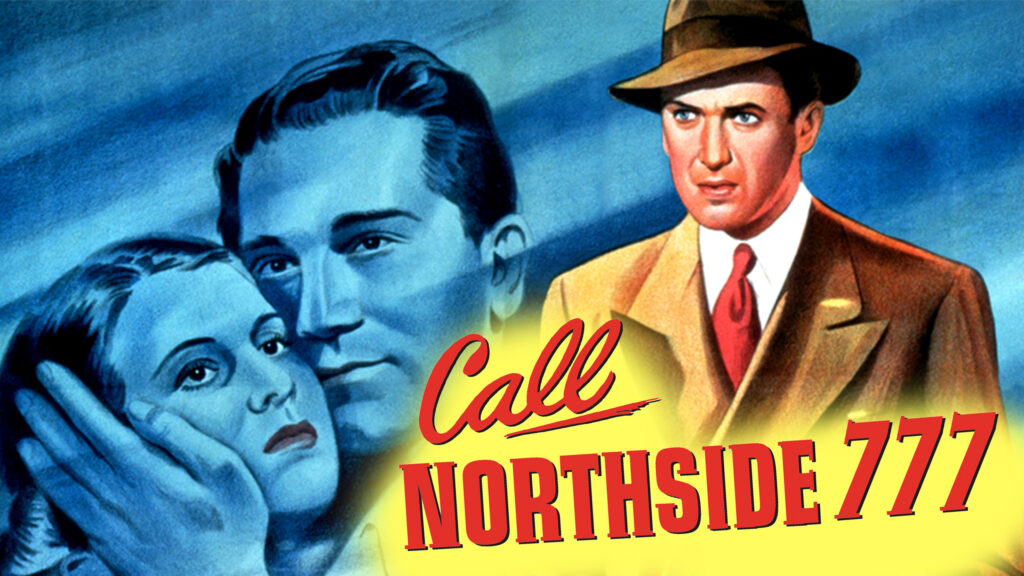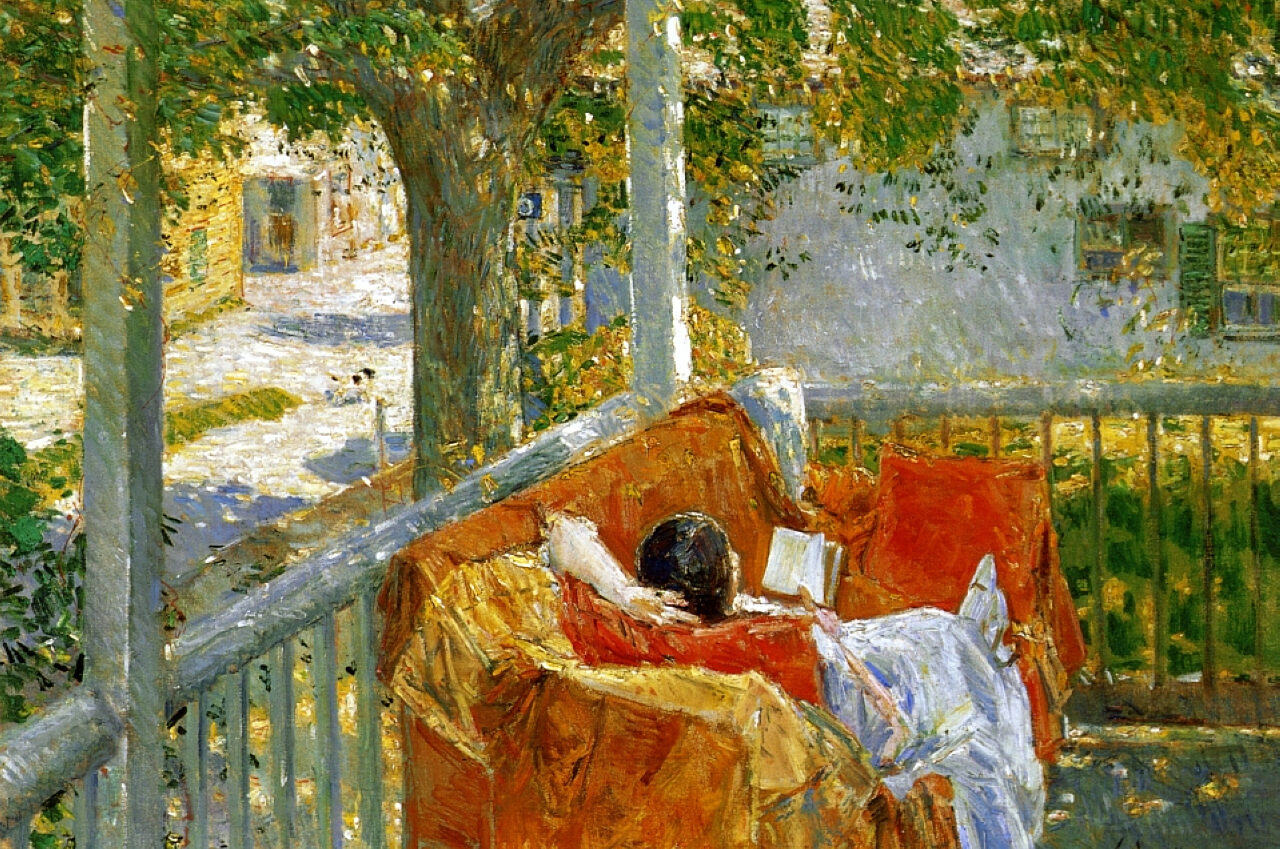Call Northside 777: A love note to newspapers

Masterfully directed by Henry Hathaway (“True Grit,” 1969), (“How the West Was Won,” 1962″) and starring Jimmy Stewart and Lee J. Cobb at the peak of their powers, Call Northside 777 (1948) is a delightful homage to the power of the newspaper medium in the 1940s.
The movie tells the true story of a man, Frank Wiecek (Richard Conte), who is wrongfully convicted of the murder of a policeman and sentenced to 99 years in prison in 1932, and his faithful mother who scrubs floors tirelessly until she has raised enough money to place an ad in the paper offering a $5,000 (almost $88,000 in today’s money) reward for information about the real killer. Although he has no interest in the reward, this action catches the attention of a dogged newspaper reporter, Jim McNeal (Stewart), who assembles the evidence needed to overturn this conviction 11 years later.
Turning in – as expected – a magnificent performance, Stewart plays a bit against type, at least for a 1948 audience. I’m no psychologist, but I would estimate that his character probably lies in the 99th percentile for disagreeableness, and Jimmy leans into this characteristic in every scene. Hitchcock’s Rope would drop just a few months later, further cementing the acerbic range of the iconic actor. Making no effort to be likable, Stewart’s power as an everyman still manages to make you root for him every step of the way.
Convinced of Frank’s guilt and content to let him rot in prison, the reporter is eager to dismiss the story from the outset, but his newspaper editor Brian Kelly, played with simmering but bedraggled optimism by the great Lee J. Cobb, pushes Jack to pursue every end of the story, saying that the editor’s mother scrubbed floors to put him through college.
McNeal agrees to pursue the story, but not before he fires back that he knows full well that his editor did not finish the fifth grade.
Brought to us by Stewart and Cobb, this little bit of movie magic missing in modern films reveals a deeper truth about the newspaper game of yesteryear. These newspapermen did not come from the elite halls of academe. They were not experts in any field. They did not have some high notion that their efforts kept the light of democracy alive. They simply had an instinct for a story and the open-mindedness needed to allow for that instinct to be proven wrong. On top of that, because they were equal to their readers, they both had a good sense of what would resonate with the masses.
Seemingly fascinated with this medium, the movie’s director, Hathaway, utilizes every chance to capture the wonder of the print newspaper. Long montages of the technology and the process of churning it out every day are littered throughout the film, from close-ups of the letters dropping into the printing press to long shots of these papers dropping out of their conveyor belt to be distributed across the city. The fact that he so reverently portrays the newspaper medium with these montages and yet also carefully injects the fact that unenlightened characters as Kelly and McNeal are the drivers behind it says a lot about his vision for mass media in general.
The film is shot in “documentary-style,” meaning that it is one of the few classic Hollywood films from the forties that was shot on location, with booming echoes in the dialog and amazing shots from around Chicago to prove it. Some of the more inspiring set pieces are on display in the scenes when McNeal visits Frank in prison. These vistas left me wondering – how have we come to a place where our modern-day places of worship look more prison-like than the prisons of the 1940s?
Speaking of priorities, one of the highlights of the film is a haunting performance by Joanne De Bergh, who plays the convict’s suffering wife with charm and grace. You might be forgiven for not hearing of Joanne. This was one of her only two performances, and her IMDB page says that soon after this movie she retired from acting to raise her four children in Westport, Connecticut.
Despite the subject matter, the film remains overwhelmingly positive in its outlook on the criminal system, the country, and society writ large. Even its most film noir-ish moment, when McNeal descends into the depths of a miserable hovel in his search to find the sole witness that put Frank behind bars, is balanced with his visit immediately afterward to go to see Frank’s mom. This devoted mother’s living situation is even more mean, but the room is bathed in light that banishes the harsh shadows, and her walls are decorated with religious images that cover up the water stains.
Another example – is when the reporter and editor are called upstairs to see the powers above them, we meet a boss who is willing to put himself on the line if his editor believes the cause is just. Even the bean-counting lawyer who counsels McNeal to drop his bid to get Frank pardoned has a change of heart in the end and advocates vitally for the cause.
All these characters and story beats add up to a worldview that inherently believes in the good of the larger institutions that make up our society. We see that these institutions are not perfect, but that they are worth defending. Everything about this movie exudes strength – a much-needed balm for our post-modern nihilism and a lesson for those who work to make our communities a better place. In the end, our onery hero Jim McNeal is happy to be a part of the system – and finds a way to make it better in doing so.
James Pinedo is marketing manager for State Policy Network.



